So why are there so many names?
These varied names serve to make the product more appealing to consumers. For example, a fragrant Li Shan oolong tea might be named “High Coolness Tea,” “Cloud Mist Tea,” or “Snow Mountain Tea.”
The basic elements of naming include aroma, origin, variety, production method, and product name. For instance, Dong Ding tea is properly named “Fragrant Dong Ding Qingxin Oolong Tea.” Some teas are named based on the product name itself, such as “Pine and Cypress Evergreen Tea” or “High Mountain Tea.”
What`s omitted from the names?
Elements are often omitted because regular tea drinkers already know what type of tea it is. However, for those new to tea, the names can be puzzling. The most commonly omitted elements are aroma type, variety, and production method. For instance, Li Shan tea is typically fragrant, so the aroma type is omitted. Li Shan is mainly made from the Qingxin Oolong variety, so the variety is omitted. Li Shan tea is mainly produced as oolong tea, so the production method is omitted. The full name would be “Fragrant Li Shan Qingxin Oolong Tea.”

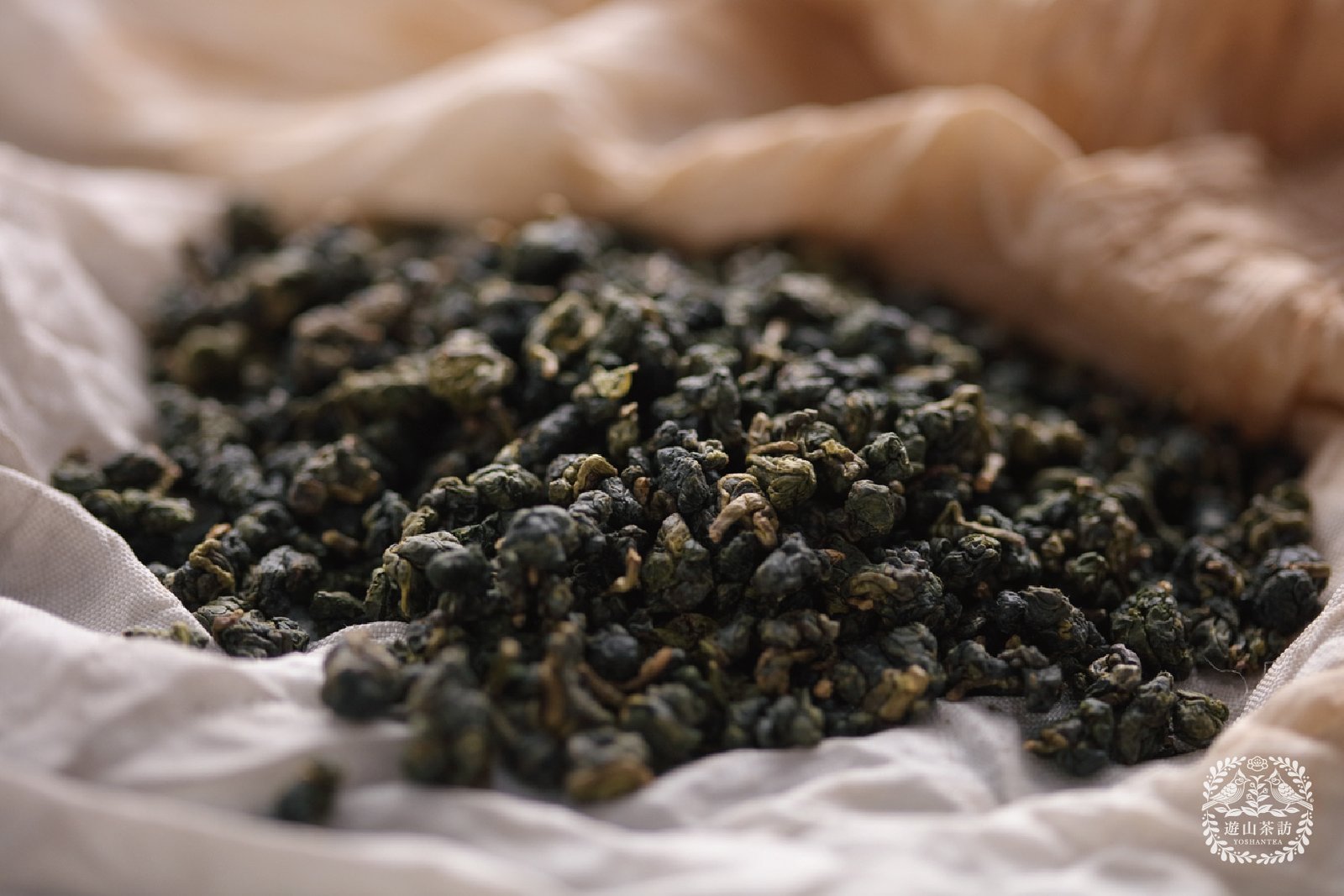
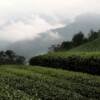

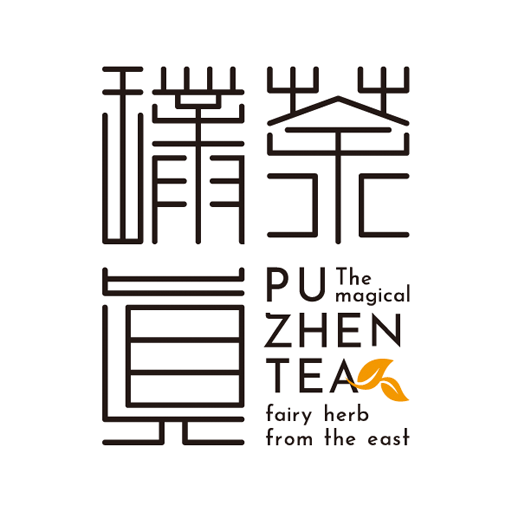
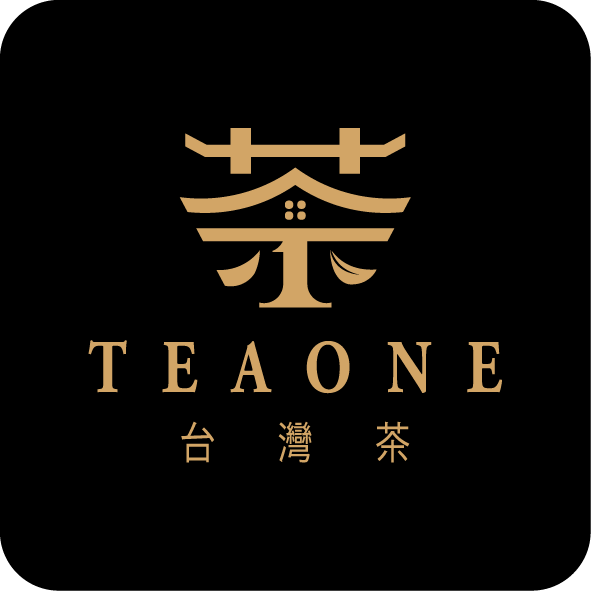
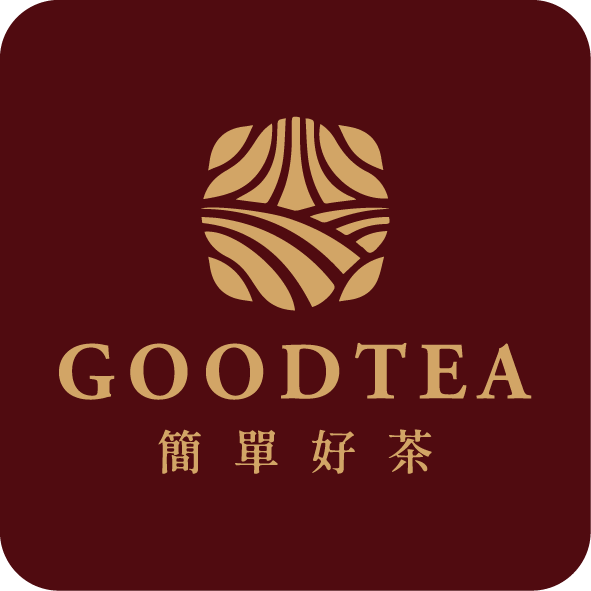
Leave a reply